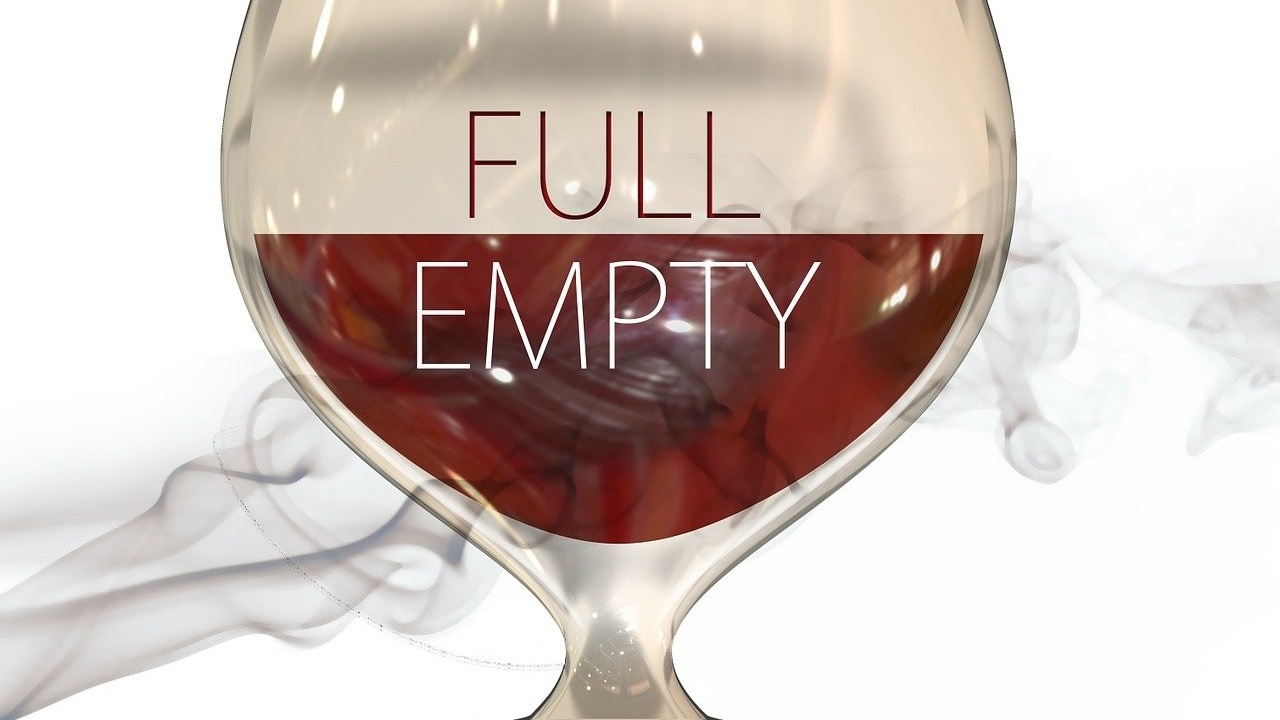Why a smaller ask can be easier refuse

Richard Branson was sharing a story about introducing TV screens to the back of airplane seats.
He went to his board and the banks but couldn’t get the $10 million loan he needed to retrofit his Virgin Atlantic planes.
So instead he called Boeing and asked “if I buy 15 new planes, could you include seat back video screens?”
“Of course!”, came Boeing’s reply.
Branson’s point was he couldn’t get a loan for $10 million, but he could for $2 billion.
Sometimes a ‘small ask’ is easier to refuse
...Gaining, maintaining and directing attention

Let’s talk about why I love this ad.
Tweeted by @Karminker, I love this ad for the following reasons.
It’s true. The missing tooth absolutely wins focus and supports the importance of dental care.
It surprises. What looks like a boring ad is actually clever and witty.
It makes you experience your own information processing blind spots. Yes, the first thing we see is the smile, not the missing eyebrow.
And that’s what I want to talk about today - gaining, directing and maintaining attention...
What to say to different personality types

There’s a truckload of research on how best to frame messages to appeal to your audience.
For example, ads that are framed positively work best for people who are promotion-focussed – in other words, they seek to maximise the probability of obtaining a positive outcome (Lee, Liu and Cheng, 2018).
This was true regardless of whether the product was hedonic (like a massage, or holiday, or aesthetic attributes of a product like a laptop’s design) or utilitarian (think calculator, car wax, suitcas...
Wrap-up of articles and videos from 2020

Influencing Action
Two simple rules for influencing action – on friction to make the old behaviour unappealing and the new behaviour appealing.
Let’s talk behavioural models – (video) on what makes a good behavioural model and what are some of the best to use.
Nanette-ing your approach to influence – The comedian’s role, Hannah Gadsby shared, is to deliberately create tension so they can then relieve us of it. The same approach goes for pitches, presentations and emails. We need tension to en...
Two simple rules for influencing action

When it comes to changing your own behaviour or someone else’s, two simple rules are:
- Make the existing behaviour unappealing, and/or
Make the new behaviour appealing.
Make the existing behaviour unappealing
To reduce the likelihood an existing behaviour will continue, just add friction. For example:
- Slowing elevator doors by just 16 seconds influenced more people to take the stairs. Signs to save energy and improve health didn’t work, but friction did. (Van Houten, Nau & Merrigan, 1981 ...
Three hard truths about customer behaviour
There are three hard truths about your customer.
- They write the script
- They are the hero of their story, and
- They run on batteries
The accompanying article is available on my blog archive: https://blogbriwilliams.wordpress.com/2018/08/03/three-truths-about-people/
The fastest way to make your priority someone else’s too
A perennial challenge in business is making your priority someone else’s priority too. You know the drill. You have a project that you are under pressure to complete, but it relies heavily on input from other people. Problem is, they have projects they are under pressure to complete and don’t want to divert time, energy or effort to your patch.
Here’s how to go about it.
- Minimise effort
- Maximise relevance
Minimising effort
Minimising effort means stripping back what you need from them t...
The three C's of designing a behavioural solution
Bri explains that in order to overcome resistance to behavioural influence, you need to focus on:
- Capacity
- Clarity and
- Confidence

